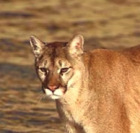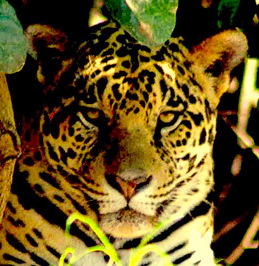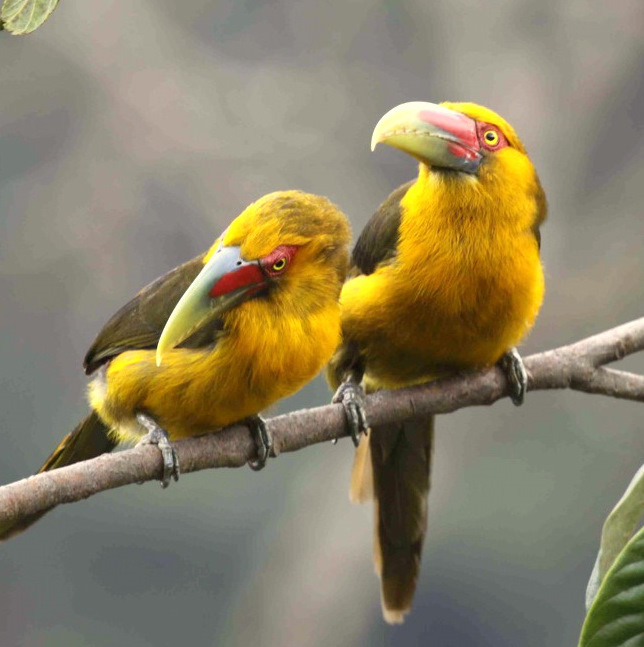TOROTORO NATIONAL PARK: Remote and Incredible, for Small Groups Only
This remote park and city of the same name is both a paleontologist's dream and geographer's puzzle. It is also a naturalist's treasure. The rare, gaudy and endemic Red-fronted Macaw occurs in a nearby river valley in perhaps its highest concentrations. Numerous biped and quadruped dinosaur tracks from the Cretaceous Period can be seen, along with some three-toed tracks about 10" long. The largest tracks are about 14" wide, 20" long and 8" deep; the reptile had a gait of nearly 6 feet.
Dinosaur bone fragments may be seen in the red soils. Another puzzle of Torotoro is that almost all the tracks lead uphill. At just under four miles northwest of town the stream running through the park disappears into the 1.25-mile Umajalanta Cave. Stalagmites and stalactites abound, along with blind catfish, a waterfall, and even more dinosaur tracks. Flashlights with extra batteries, as well as being in good shape, are required for the hike and strenuous cave exploring. Twisting and turning through tight squeezes is to be expected, and those with an interest in cave exploring will rate this as a tour highlight.
In other areas, incredible red rock canyons are worth exploring, along with an Incan fortress rarely visited, which requires camping out in order to see. This provides a great opportunity for adventure off the beaten path.
Access to Torotoro is by chartered plane or a long, rough ride standing in the back of a large truck with many other people. We think the plane ride, with the incredible scenery, is the way to go. Why only small groups? The town has precious little in the way of accommodation, almost no contact with the outside world for making reservations and no electricity. We usually sleep in rooms attached to a church, and enjoy excellent vegetarian meals in the house of the minister. Well worth a three-night stay, in our opinion, and birders will enjoy the endemic Bolivian Blackbirds and other avifauna. Torotoro is also a town where a lot of weavings come from, and may be purchased directly from the towns' people.









